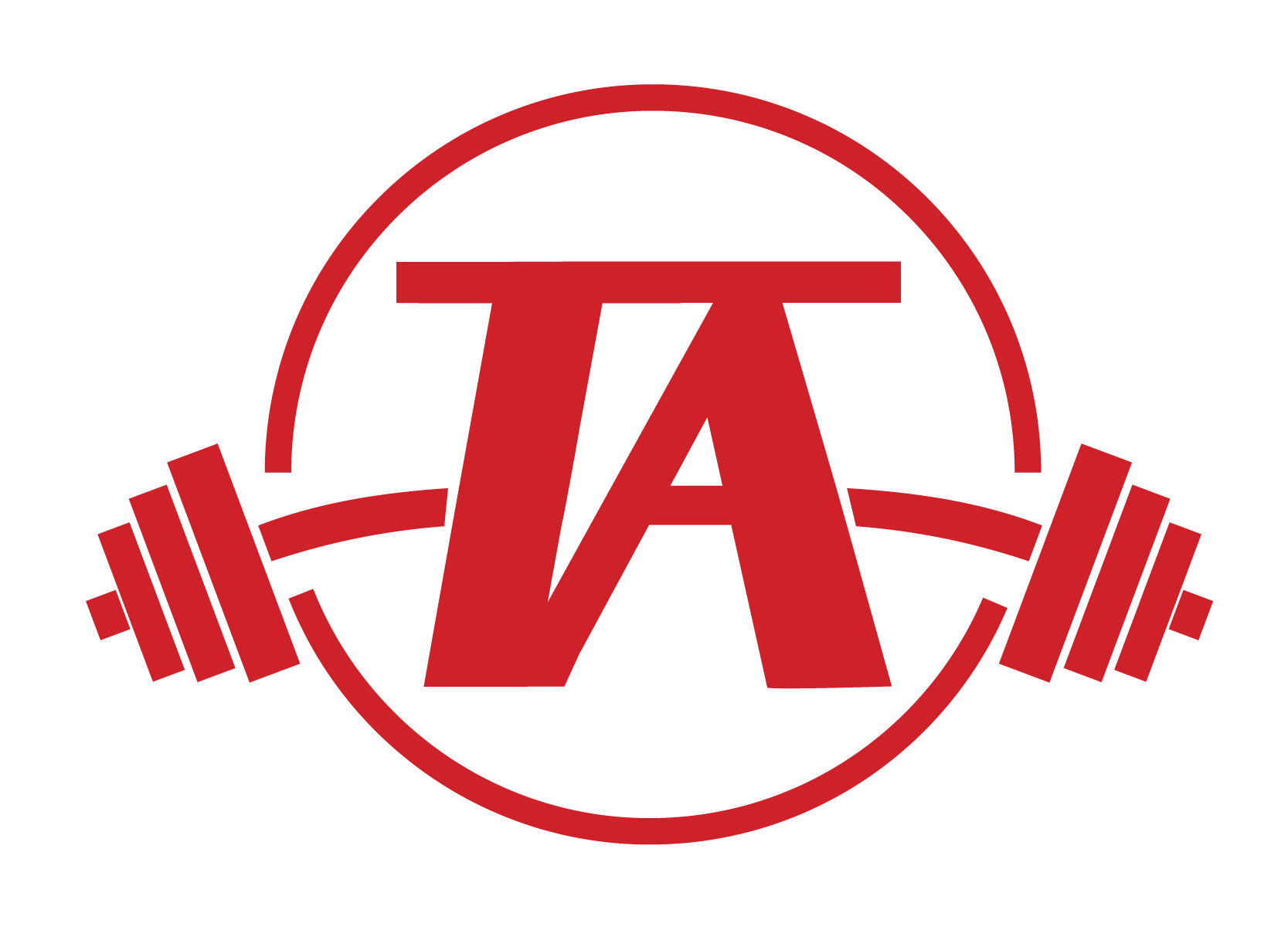Throwing is a complex pattern involving well-sequenced movements and the efficient transfer of energy through the body, leading to higher output than would otherwise be possible. The latissimus dorsi, or lats, play an important role in the throwing pattern. The lats are one of the primary accelerators of the arm, along with the pectoralis muscles. To perform their job well, they must be able to stabilize the shoulder and store elastic energy prior to releasing this energy violently into internal rotation. In order to maximize the elastic return from connective tissue, the length tension relationship must support force production at very long muscle lengths.
Relevant Anatomy
The lats are the largest muscles in the upper body. Due to its size, origin, and insertion points, the lats play a role in a few different movements. The lats originate on the spinous processes of T7-L5 (mid back to almost tailbone), thoracolumbar fascia (thick connective tissue at lower back), iliac crest (top of hip bone), the lowest 3 or 4 ribs, and the inferior angle of the scapula. It then inserts on the intertubercular groove of the humerus. This allows the the lat to extend, adduct, horizontally abduct, and internally rotate the shoulder while also playing a role in extension and lateral flexion of the lumbar spine.
The structure and function of the lats mean that they play a significant role in the transfer of energy during the throw. Without getting too into the weeds of fascial links discussed in Anatomy Trains, with its connection to the thoracolumbar fascia the lat plays a significant role in energy transfer from the lower body to the upper body and into the arm.
Demands and Training Process
Most people are familiar with lat pulldowns and pullups as the primary movements utilized for training the lats, but those alone are unlikely to be sufficient for throwers. The lats must be mobile enough to allow upward rotation of the scapula and flexion at the shoulder, but strong enough to produce high forces at long muscle lengths. One of the common compensation patterns seen in throwers is the throwing side scapula being depressed (i.e. the dominant shoulder typically appears lower in relaxed posture). While not always the case, this altered starting point can make full upward rotation challenging. If full upward rotation of the scapula cannot be achieved, compensations may occur during the throw. Futhermore, if high forces cannot be produced at these extreme ranges of motion then output will be compromised.
So, how do we enhance range of motion (ROM) and alter length tension relationships so that high forces can be produced at these extreme end points?
The first step is to open up some new ROM with self-myofascial release (SMR). According to a study by Beardsley et al. SMR may acutely increase ROM and reduce muscle soreness without impeding athletic performance (Beardsley, 2015).
Once this new ROM is accessed, it’s time to add some neuromuscular control and strength to this new end range. This means we need to load this new ROM and we’ll do so with mobility drills, end range isometrics (both yielding and overcoming), and then increasing loads.
Finally, we’ll utilize eccentrics and plyometrics as we know that eccentrics can change length tension relationships to support force production at longer muscle lengths (Brughelli and Cronin, 2007). Plyometrics then function as specific preparation for throwing, as throwing itself is a plyometric action.
Conclusion
The lats play a very important role in high velocity throwing. When they are trained with more than just pulldowns or pullups, the lats can significantly improve a thrower’s performance on the field.
Need some help with your training? Contact us and let’s set up a time to discuss your needs.
Resources

